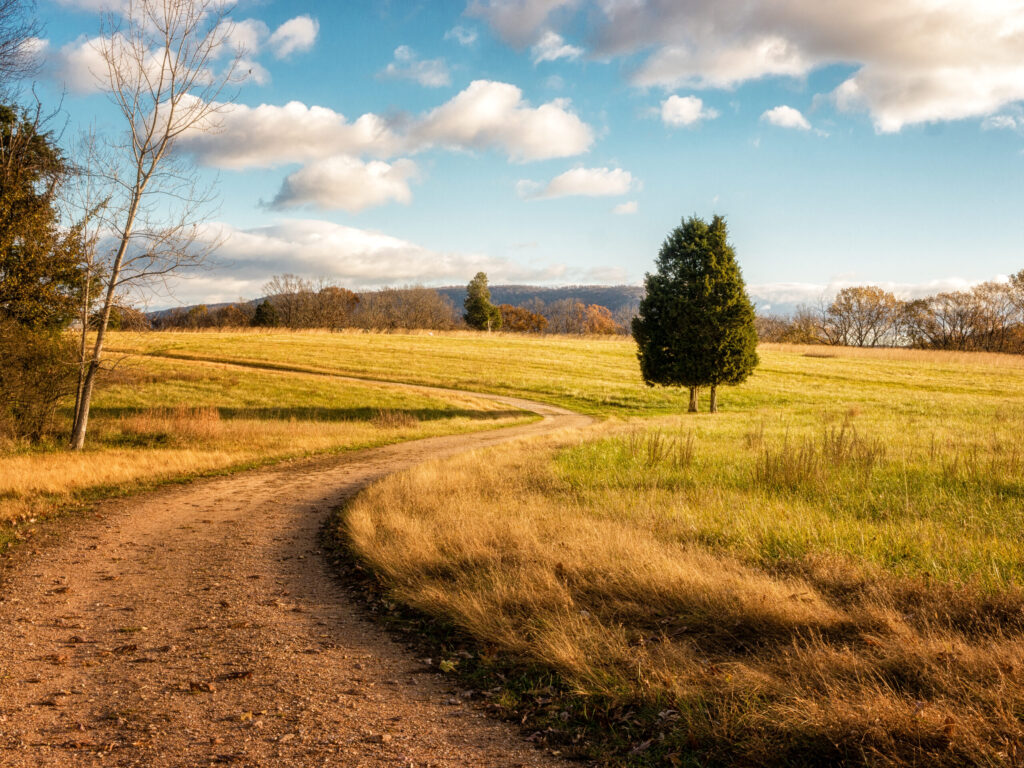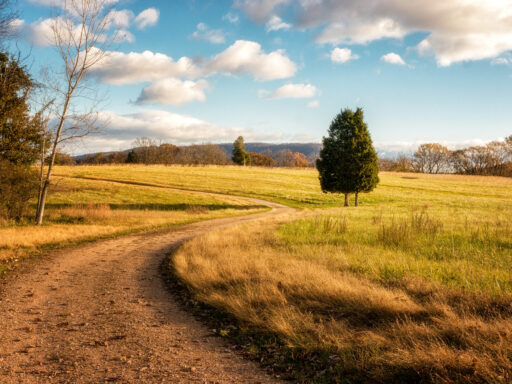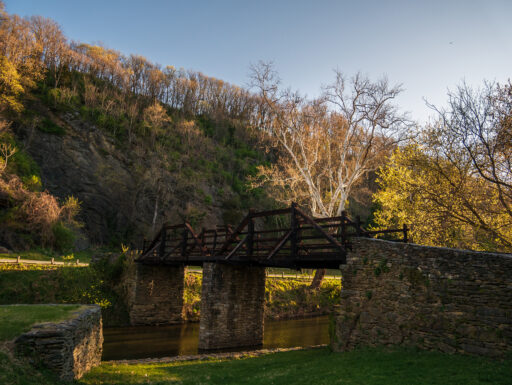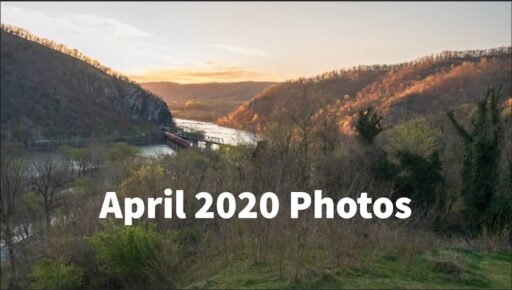Okay, we’ve finally waded through enough of the boring technical aspects of photography and can get to the meat of things. It’s not that the technology doesn’t matter starting with some photography composition rules, but I want it to fade into the background so when you’re taking a photo you aren’t spending all of your time worrying about f-stops but instead are thinking about how the shot looks, whether it’s dynamic, what emotions it is capturing.
Today I’m going to talk about some of the most basic composition rules. As with all rules in photography, they are guides and can be ignored at times but they make a great starting point and if you’re not sure what to do with an image, you can’t go too far wrong by falling back on these. There are lots of other techniques you can use as well, or modifications of these ones once you’ve got the basics down.
Photography Composition Rule #1 – The Rule of Thirds
The Rule of thirds is by far the best know photographic composition rule and also one of the easiest to apply. Most cameras now come with a grid that can superimpose over your image and most photo editing tools have a similar ability when you use their crop function.

Even if you don’t have a grid super-imposed the rule of thirds is very easy to picture in your head. Just imaging the image you are looking at cut up into 9 equally sized rectangles in 3 rows of 3. This can be used a number of ways to adjust your composition.
The simplest thing to do is to line up the focal point of your whole image (say for example a person’s eye) on one of the four points where two of the lines in the rule of thirds bisect. Another option that works well is to line any prominent vertical object up with one of the vertical lines in the grid. Or alternatively for landscape photography putting the horizon on either the top or lower line of the grid rather than having the landscape cut across the middle of the image.
The Rule of Thirds is not infallible and there are some cases where you will get a more pleasing image by ignoring this rule, but it’s a great starting point since it’s so easy to apply, and once you have composed with it in mind you can then adjust until the image balances properly.

Photography Composition Rule #2 – Leading Lines
One of the things that can distinguish a photograph from a snapshot is that a photograph invites the viewer in to explore it. That effect is achieved in various ways, but one photography composition rule that can be used to bring the viewer in is leading lines. These lines can take various different forms, sometimes they are a literal line like say a railroad track and other times they are a gap in the image which creates a sort of line.
In the case of this first example, the path through the trees creates a diagonal leading line from left to right through the image that the eye is just naturally inclined to follow. Leading lines generally work best if they aren’t purely vertical or horizontal but angled and create depth in the photo.

S-Curves – A Leading Line Variant
An S-Curve is a particular type of leading line that is very pleasing to the human eye. In my example photo, you can see a reverse S created by the path which leads you from the front of the image back past the tree on the right and then all the way back to the horizon. S-Curves are very good at creating depth in an image This particular image benefits from not only the s-curve but also the rule of 3.
Photography Composition Rule #3 – Simplify
When composing a photograph one of the questions you should always ask yourself is what is the focus? What do you want your audience to see when they look at your photo? Once you’ve figured that out you should simplify your image to remove anything that doesn’t relate to that focus.. This is easier for certain types of photography than others. Macro shots lend themselves to minimalism, while shots of woodland can be challenging to simplify.
Crop to Eliminate Dead Space

took up a large part of the image
Related to the notion of simplification is cropping and filling the frame to eliminate any dead space. If the focus of your image is intended to be a piper, then crop your image so that the piper dominates the image. There are exceptions to this depending on the message and mood you want to convey. For example, you might want the piper to seem small compared to the castle he is standing in.
Photography composition can occur both during and in post-production. Ideally, you will get as tightly framed as possible in-camera, but there you are limited by the sensor shape. In Post-production, you can switch your rectangular image to a square one for example and that gives you further opportunities for cropping simplifying.
Photography Composition Rule #4 – Frames

Another technique to help draw your viewer’s eye to the focal point of your image is to use a frame. I don’t mean putting a frame around your photo, I mean using elements in your photo to create a frame. Taking a picture through a window, or using the limb of a tree to create an edge around your focal spot can encourage the viewer’s eye to go where you want it.
This rule is heavily related to the previous one about simplifying. By creating or utilizing a frame you are removing distractions from the viewer so that they key in on what you think is important in your shot. The sample image here shows this photography composition rule in practice. The train yard and mountains are framed by the fence which I was shooting through. This has the effect of leading the viewer’s eye into the photo rather than just scanning the surface of it.
Photography Composition Rule #5 – Patterns and Repetition
Nature is full of patterns as is the man-made world. If you can identify one of those patterns in your photography composition then you can use it either to draw focus or to highlight a difference.
A human mind is a pattern-matching machine of unrivaled skill. We home in on patterns subconsciously. Taking advantage of that can be a really powerful tool in photography. Anything that breaks the pattern our brains see will immediately pop out in the image and become the focal point. Some patterns can also lead the eye across the image in the same way that leading lines do.
Final Thoughts
So what about you, what is your favorite or go-to photography composition rule? Do you have another composition trick that you think is really helpful? Tell me in the comments below.
Discover more from Veristopia
Subscribe to get the latest posts sent to your email.








